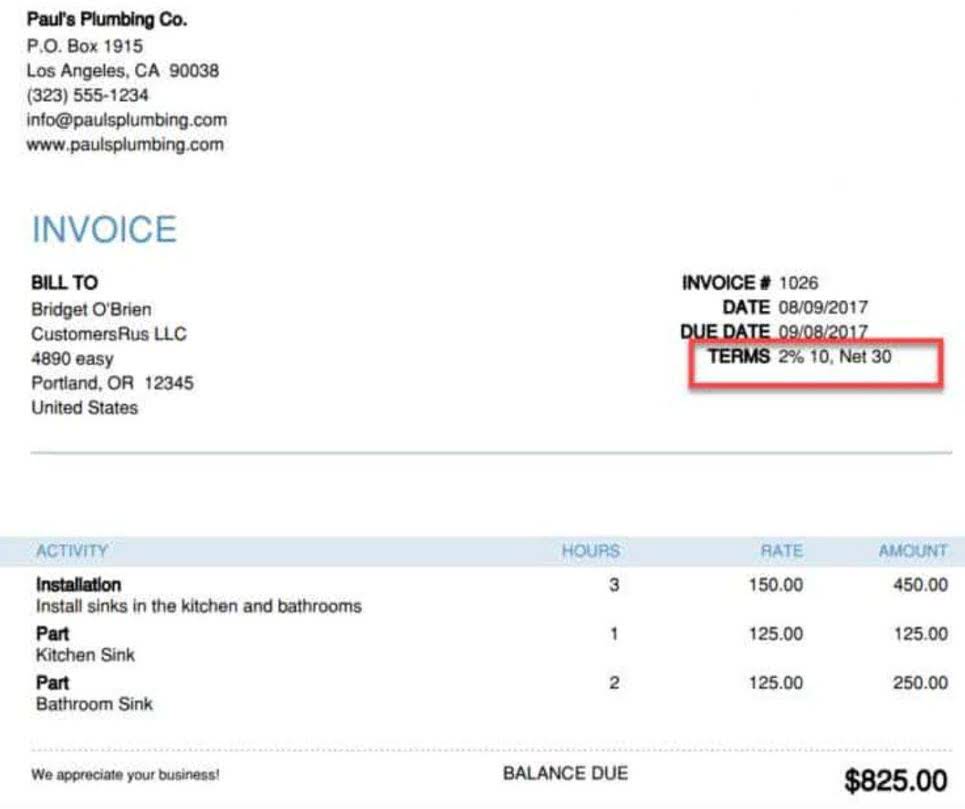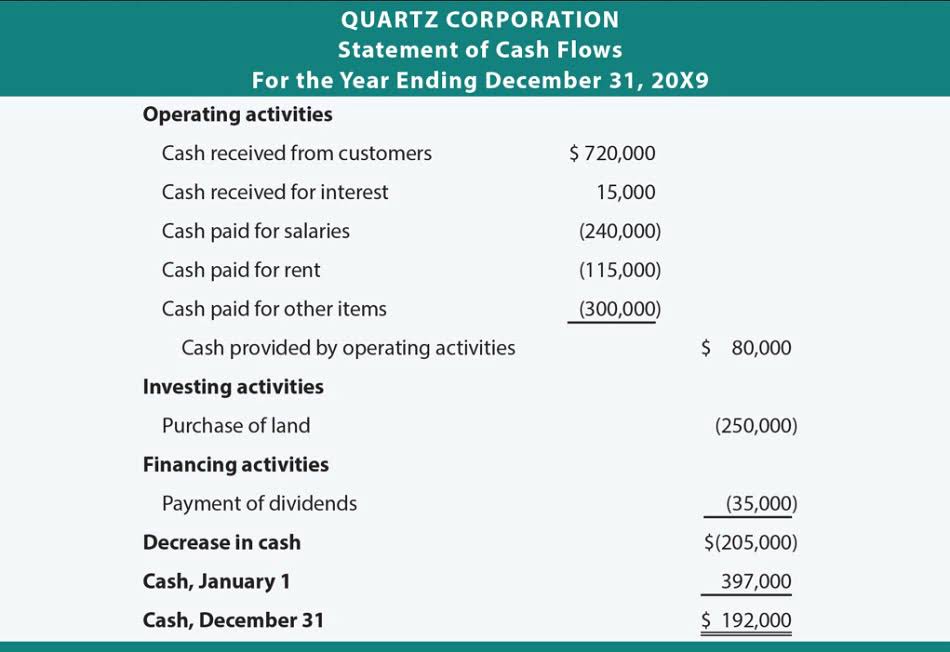
This equation still includes assets and liabilities but expands stockholders’ equity into Suspense Account five elements. The Expanded Accounting Equation is a more detailed version of the Basic Accounting Equation that adds details about changes in owner’s equity due to day-to-day transactions in the business. It provides additional details of how an owner’s equity in the business changes over a period of time, and from which areas of the transactions of a business.
The goal: financial statements
- Overall, then, the expanded accounting equation is useful in identifying at a basic level how stockholders’ equity in a firm changes from period to period.
- As each month passes, the business will adjust its records to reflect the cost of one month of insurance usage.
- This principle ensures that the Accounting Equation stays balanced.
- This is because expanded accounting equation bridges the gap between the basic accounting equation and advanced accounting documents such as ledgers and financial statements.
- Therefore, the business must record the usage of electricity, as well as the liability to pay the utility bill, in May.
The basic system for entering transactions is called debits and credits. This seems hard, but it is a simple system that you can learn. By expanding on the basic equation, the expanded accounting equation illustrates how profits, dividends, and additional investments affect equity. This detailed version helps accountants and financial professionals better understand changes in a company’s finances and track specific transactions with greater accuracy. Since the balance sheet is founded on the principles of the accounting equation, this equation can also be said to be responsible for estimating the net worth of an entire company.
Streamline your financial reports with ease

The basic accounting equation expanded accounting equation does not provide this level of detail. Any financial transaction will affect at least two accounts in a way that the equation remains equal on both sides. For example, purchasing equipment (an asset) on credit increases both the asset (equipment) and the liability (accounts payable) by the same amount, maintaining the balance of the equation.

What about drawings, income and expenses?
At any moment in time the Accounting Equation must balance. Before we explore how to analyze transactions, we first need tounderstand what governs the way transactions are recorded. To record the owner’s withdrawal of cash from the business.

Basic Accounting Equation vs. Expanded Accounting Equation
To record capital contribution as the owners invest in the business. Chartered accountant Michael Brown is the founder and CEO of Double Entry Bookkeeping. He has worked as an accountant and consultant for more than 25 years and has built financial models for all types of industries. He has been the CFO or controller of both small and medium sized companies and has run small businesses of his own. He has been a manager and an auditor with Deloitte, a big 4 accountancy firm, and holds a degree from Loughborough University. Below is a retained earnings balance sheet portion of Exxon Mobil Corporation’s (XOM) balance sheet as of September 30, 2018.

Since it combines the figures from both the balance sheet and income statement, the expanded accounting equation helps to understand the relationship between these two reports. Income and expenses relate to the entity’s financial performance. Individual transactions which result in income and expenses being recorded will ultimately result in a profit or loss for the period. The term capital includes the capital introduced by the business owner plus or minus any profits or losses made by the business.
- The equation remains balanced because the increase in assets (cash) is offset by the increase in owner’s equity (owner’s capital).
- The formula can be rearranged in any way that benefits its user the most.
- This seems hard, but it is a simple system that you can learn.
- The increase on the asset side would be in the long-term asset column instead of the current asset column.
- The expanded accounting equation breaks down the equity portion of the equation to show it in more detail.
- The purpose is to allocate the cost to expense in order to comply with the matching principle.
What is Credit Utilization Ratio and Why is It Important?
- The accounting equation also reveals that the corporation’s creditors had a claim of $7,120 and the stockholders had a residual claim for the remaining $10,080.
- Since the loss is outside of the main activity of a business, it is reported as a nonoperating or other loss.
- Every transaction is recorded twice so that the debit is balanced by a credit.
- The capital would ultimately belong to you as the business owner.
- The receipt of money from the bank loan is not revenue since ASI did not earn the money by providing services, investing, etc.
- While the basic accounting equation serves to summarize a company’s overall financial structure, the expanded version provides deeper insights into what drives equity changes.
Thus, all of these entities have a slightly different expanded equation. Here is the expanded accounting equation for a corporation. Retained earnings are the cumulative profits that a business has reinvested over time, rather than distributed as dividends.
- Having cash that would be available to pay employees or other expenses is a different situation from having equipment that while useful is not available to pay bills at least not right away.
- Remember, the normal balance of each account (asset, liability, common stock, dividends, revenue, or expense) refers to the side where increases are recorded.
- By breaking down equity into specific components, it allows businesses to track how different transactions impact overall financial health.
- The accounts may receive numbers using the system presented in (Figure).
- The totals now indicate that Accounting Software, Inc. has assets of $16,300.
- It shows the effect of every transaction taking place and how it affects the corporation’s liabilities.
What is the Difference Between the Basic Accounting Equation and the Expanded Accounting Equation?
That will be followed by looking at similar transactions at a corporation. The Expanded Accounting equation is generally different for varying forms of businesses. The equation differs slightly in the case of a proprietary concern, partnership firm, and corporation. The following shows the order of the accounts in the accounting system.
